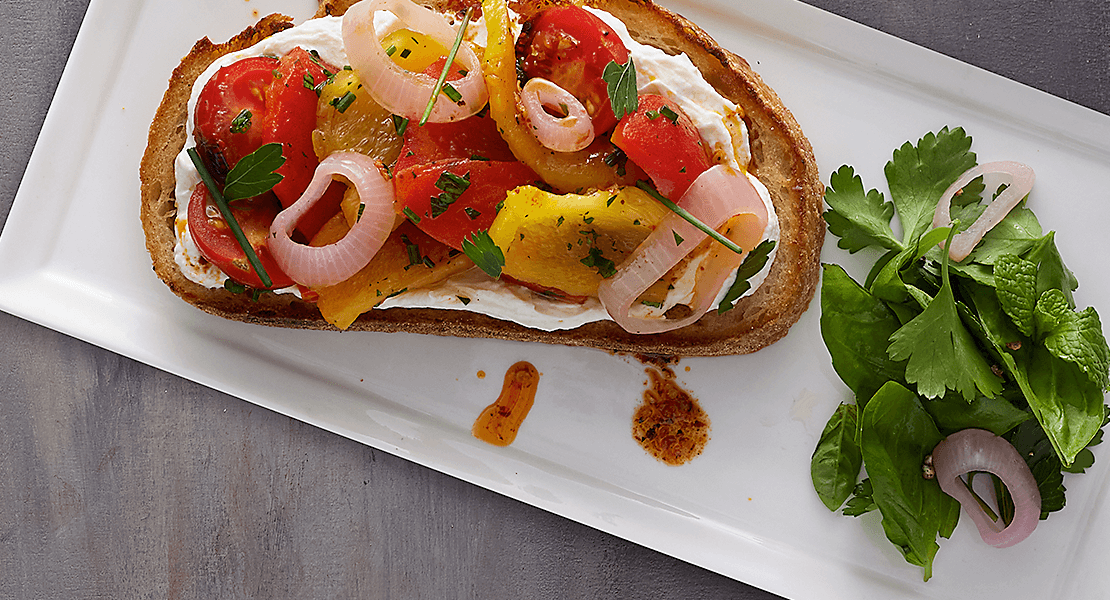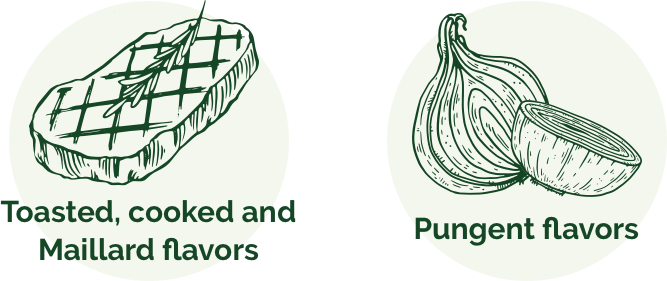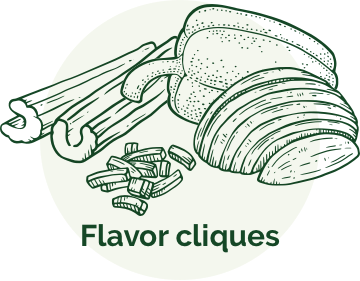
“Delicious” does not happen by chance—it occurs at the intersection of art and experience.
A great chef goes beyond the technical knowledge of flavor with insight into how each element interacts with the others, similar to how a writer uses characters in a book.
Chefs depend on their experiences in both kitchens and life to develop a distinctive culinary style of their own. In the same light, each consumer’s flavor preferences are colored by their own experiences, culture and life. Culinary magic is made when the chef’s style + technique = the consumer’s preferences.
Still, flavor profiles are not developed as an equation. At Kalsec, we think of flavor as a story with a myriad of supporting characters. Whether sweet and sour or garlic and herb, chefs draw upon these culinary characteristics time and time again to write a deliciously layered story of savory flavor. For example:

Toasted, Cooked and Maillard Flavors
- are what many of us associate with the taste of “cooked” food, like fried shallot, cooked onion and browned meat.
Pungent Flavors
- like raw onion, garlic, ginger and horseradish are distinctively strong and linger throughout our eating experience.

Sour Flavors
- like citrus and vinegar offset rich foods and keep us coming back for more.
Sweet Tastes
- can balance the acidity that a dish might contain, like how sugar perfectly counters sour citrus in lemonade.

Flavor Cliques
- may be the most often overlooked of the bunch, but chefs rely on them heavily. Garlic and ginger, mirepoix (celery, carrot, onion), and the Creole holy trinity (celery, green bell pepper, onion) all have flavors that are more than the sum of their parts.
Explore Our Culinary Creation Ingredients
Add complex cooked flavors, a burst of fresh taste or an on-trend international angle to your dish.
Learn More